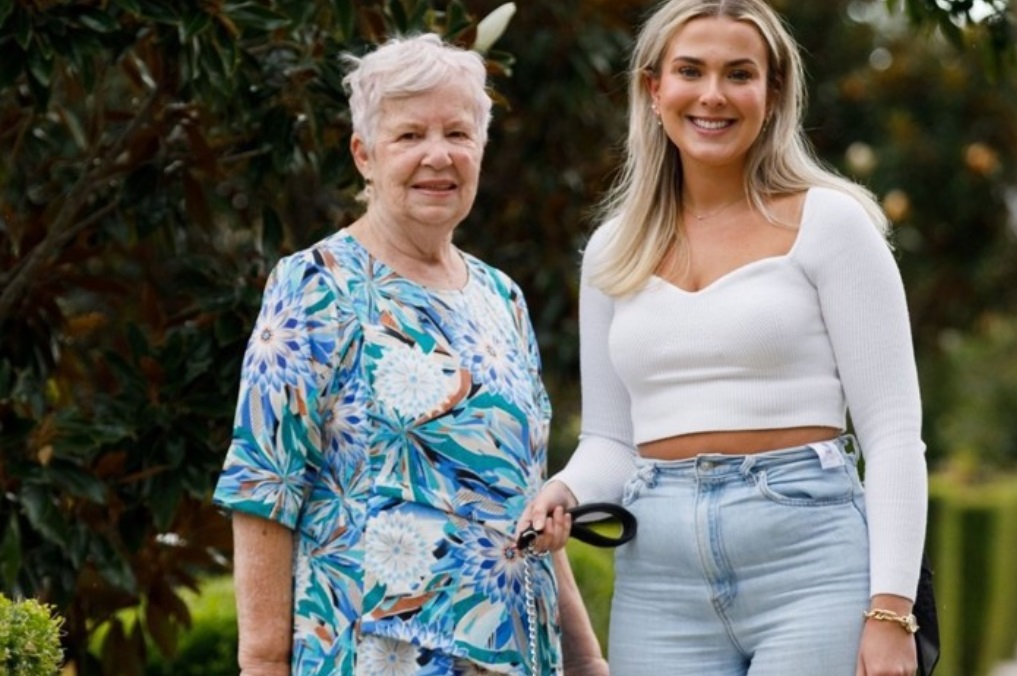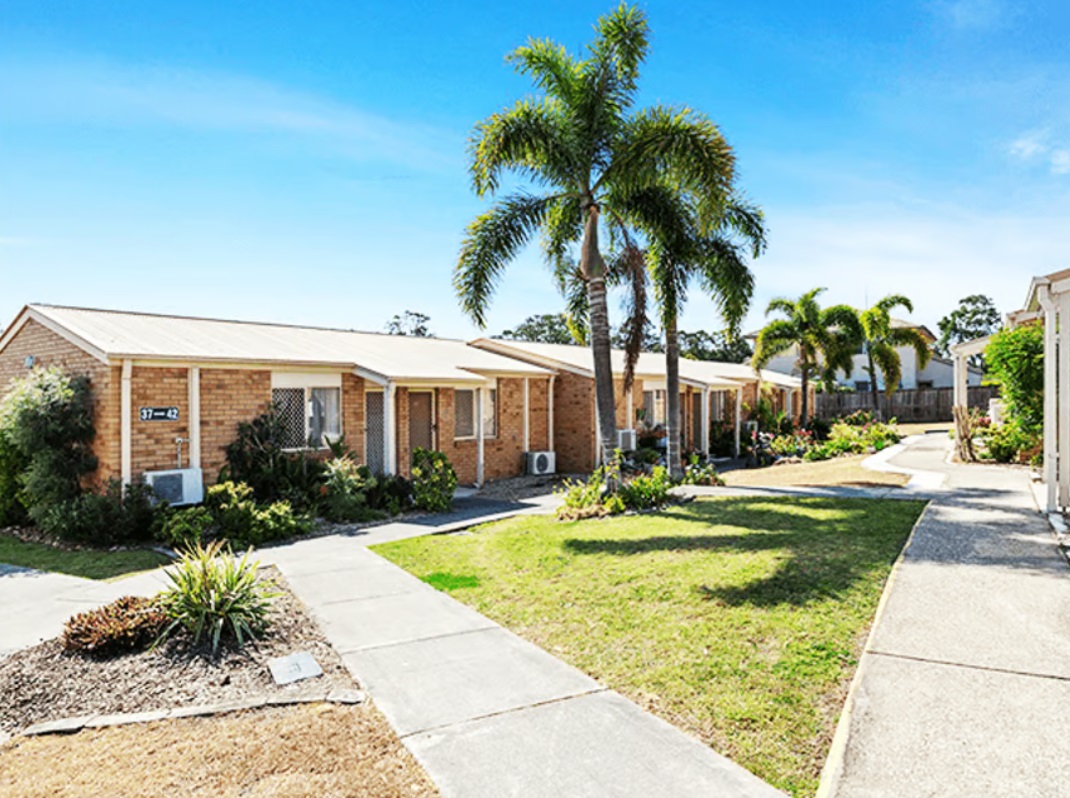Retirement living is a general term for downsizing to structured communities that provide safe homes for ageing, reduced costs of living and neighbours that provide companionship. The operator provides ongoing management of the community. Retirement villages are the best example of ‘retirement living’ but there are others to consider.
Retirement Living
Retirement living typically includes what most people understand as traditional retirement villages, most of which offer only limited care or no care. Increasingly, retirement living options include more diversity of choice, where the ‘seniors housing’ comes with optional care and support services to help people stay living independently. For more detailed, rich information on most villages and a host of videos on retirement living, go to our specialist sister website villages.com.au.
Handy Hint - Did you know that if you can click the CC at the bottom righthand side while the video is playing, captions will appear. To get rid of them, click CC again.
View transcript of video hereSome forms of retirement living or ‘seniors housing’ are located on the same site as an aged care home (nursing home) so if you ever need to move to an aged care home (nursing home), its is possible you don’t need to move right away from your home and friends. This option is subject to the Federal Government Aged Care Assessment Team assessment processes and room availability.
Agedcare101 will provide a step by step guide, answering all your questions and concerns, about retirement living options as well as help you find a new retirement living home that can meet your care and support needs.
In this section we will cover:
- What is retirement living
- Why do people leave the family home and downsize
- The role of care in retirement living
- Types of retirement living accommodation options
- The financial model of each option
- How popular is each option
- Who operates each type of retirement living option













